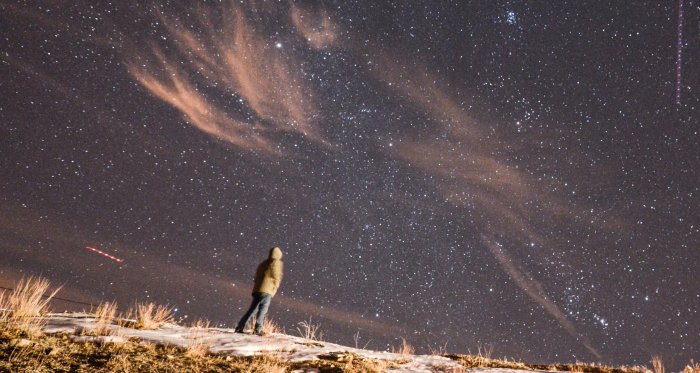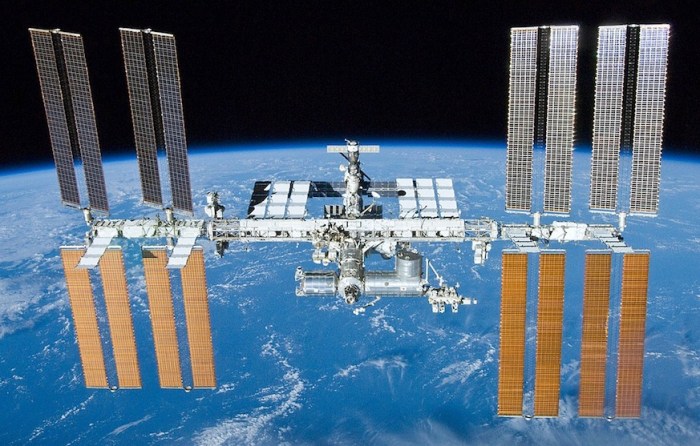Thirty years ago, June Scobee Rogers watched her husband die as the Space Shuttle Challenger broke up over the Atlantic Ocean. The disaster claimed the lives of seven astronauts, including commander Dick Scobee and Christa McAuliffe, who was selected to be the first-ever teacher in space. The tragic event, which saw the shuttle disintegrate just 73 seconds after lift-off, left the American nation in shock on Jan. 28, 1986. In memory of this tragic day, Metro speaks to Dick Scobee’s widow and experts about the disaster’s legacy. June Scobee Rodgers
What’s become of the “Challenger family”?
– For the Challenger family (loved ones and friends) it gave us the challenge, then opportunity to continue their “Teacher in Space” mission to create the marvelous Challenger Center to reach millions of students with a leading STEM (Science, Technology, Engineering, and Mathematics) educational program. What does the future hold?
– All I can do is pray lessons have been learned about the difference between calculated vs. foolhardy risks.Space systems to move people into space are highly complex. I believe in the testing research, development process and trust the engineers and scientists’ research capabilities as long as safety isn’t neglected and serious responsibility and communication are respected. Is the science fiction of yesterday real today?
– Yes! I believe we are on the threshold of interplanetary space travel that will eventually lead to interstellar flights. I just wish I could live long enough to see it all come to pass. But for now, we can imagine and wish upon those stars. Dr. Kris Lehnhardt





















